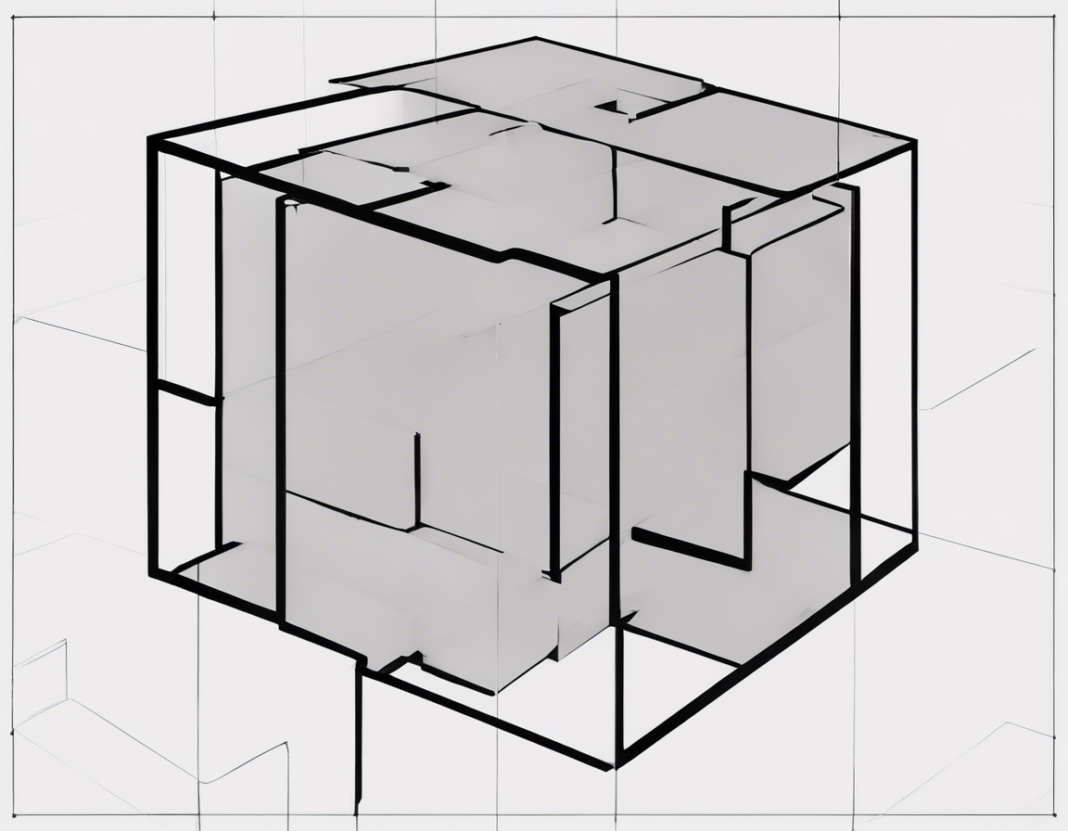When it comes to understanding and solving mathematical equations, there are several key concepts that students often encounter in their studies. One such concept is the whole cube of A minus B. This concept is a vital part of algebra and plays a crucial role in various equations and problem-solving techniques.
In this comprehensive guide, we will delve into the intricacies of the whole cube of A minus B, breaking down the formula, explaining its significance, and exploring how it is applied in different mathematical scenarios.
Understanding the Formula
The whole cube of A minus B is represented by the formula (A – B)^3. This formula involves taking two numbers, A and B, subtracting B from A, and then raising the result to the power of 3. In essence, it is a shorthand way of representing the process of cubing the difference between two numbers.
Formula Breakdown
Let’s break down the formula step by step:
-
Subtract B from A: Start by subtracting the value of B from the value of A. For example, if A = 5 and B = 2, the difference would be 5 – 2 = 3.
-
Cube the result: Once you have the difference between A and B, cube that result. In our example, (5 – 2)^3 would be 3^3, which equals 27.
Significance of the Whole Cube of A Minus B
Understanding the significance of the whole cube of A minus B goes beyond simple arithmetic. This concept is crucial in algebraic expressions, factorization, and expanding polynomials.
Applications in Algebra
In algebra, the whole cube of A minus B is often used in factoring algebraic expressions. By recognizing patterns and applying this formula, mathematicians can simplify complex equations and identify common factors.
Example:
Factorize x^3 – 8
Here, we can view x^3 as (x)^3 and 8 as (2)^3. Therefore, we get an expression in the form of A^3 – B^3, which can be factored as:
x^3 – 8 = (x – 2)(x^2 + 2x + 4)
Expanding Polynomials
When the whole cube of A minus B is applied in expanding polynomials, it helps in simplifying expressions and solving equations efficiently. By leveraging this formula, mathematicians can break down complex polynomial expressions into simpler forms for better analysis and understanding.
Example:
Expand (a – b)^3
Using the formula for the whole cube of A minus B, we get:
(a – b)^3 = a^3 – 3a^2b + 3ab^2 – b^3
Practice Problems:
- Expand (2x – 3y)^3
- Factorize a^3 – 27b^3
By practicing with such problems, students can strengthen their grasp of the whole cube of A minus B and its applications in algebra.
Frequently Asked Questions (FAQs):
- What is the difference between A^3 – B^3 and (A – B)^3?
-
A^3 – B^3 represents the cubic difference of two numbers, while (A – B)^3 is the whole cube of the difference between the two numbers.
-
How is the whole cube of A minus B used in factorization?
-
The whole cube of A minus B is used to identify factors in algebraic expressions by recognizing the pattern A^3 – B^3.
-
Can the formula (A – B)^3 be expanded further?
-
Yes, the formula can be expanded using the binomial theorem to simplify and solve complex equations.
-
What is the significance of the whole cube of A minus B in mathematics?
-
The concept plays a crucial role in algebra, helping to simplify expressions, factorize equations, and expand polynomials efficiently.
-
How can students practice and improve their skills with the whole cube of A minus B?
- Students can practice with various problems involving factorization, expansion, and simplification to enhance their understanding of this mathematical concept.
In conclusion, the whole cube of A minus B is a fundamental concept in algebra that holds immense importance in mathematical problem-solving. By mastering this formula and understanding its applications, students can enhance their algebraic skills and tackle a wide range of equations with confidence.


